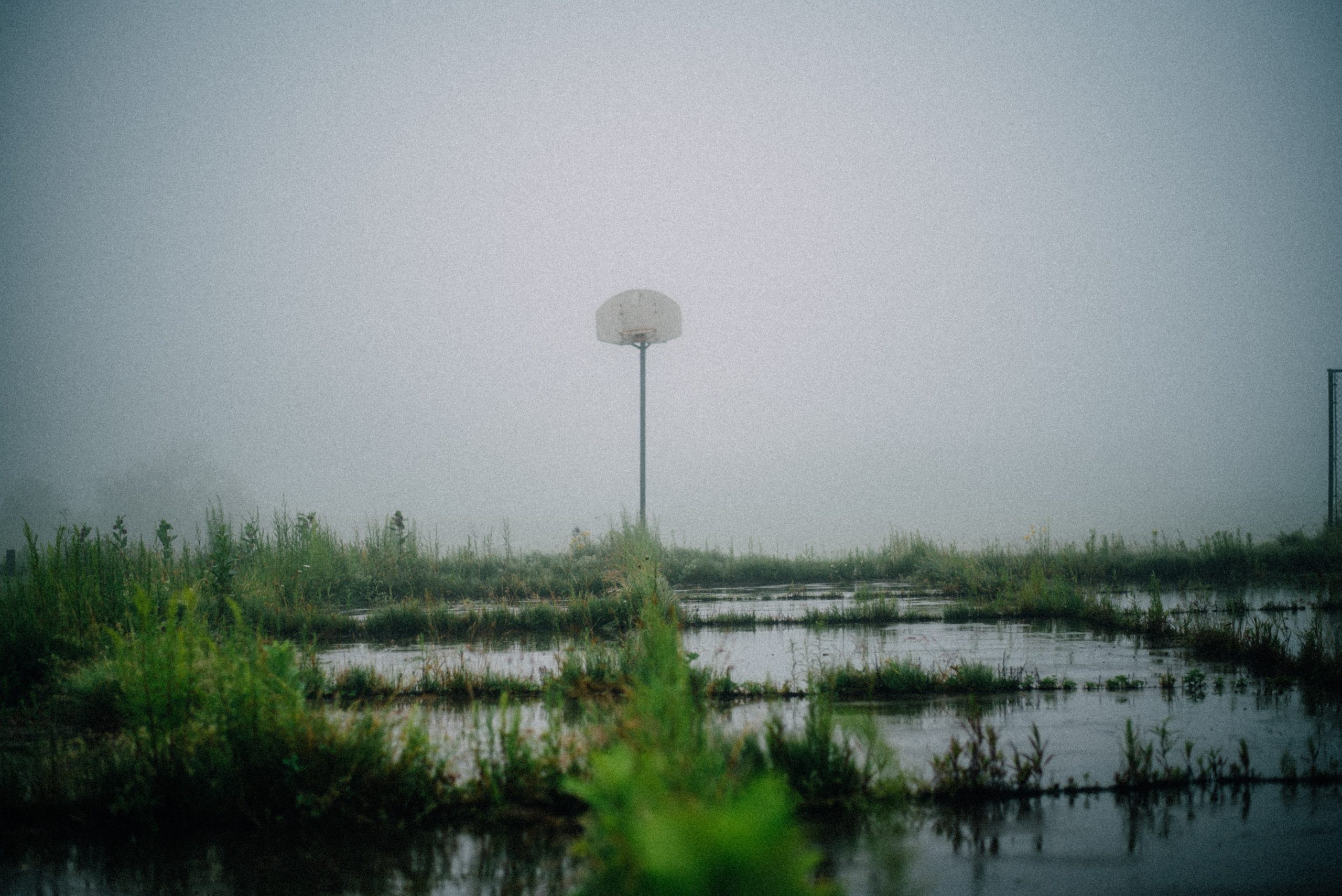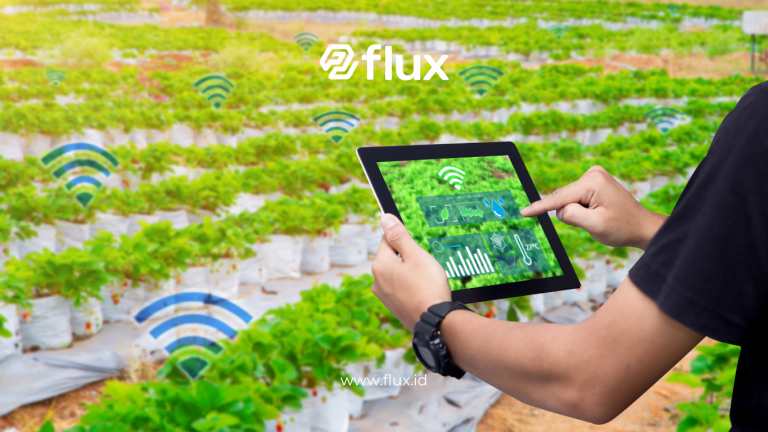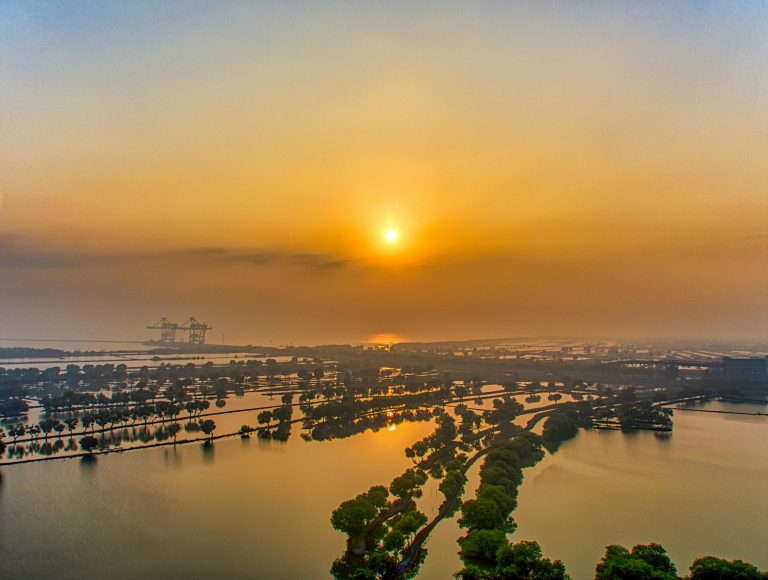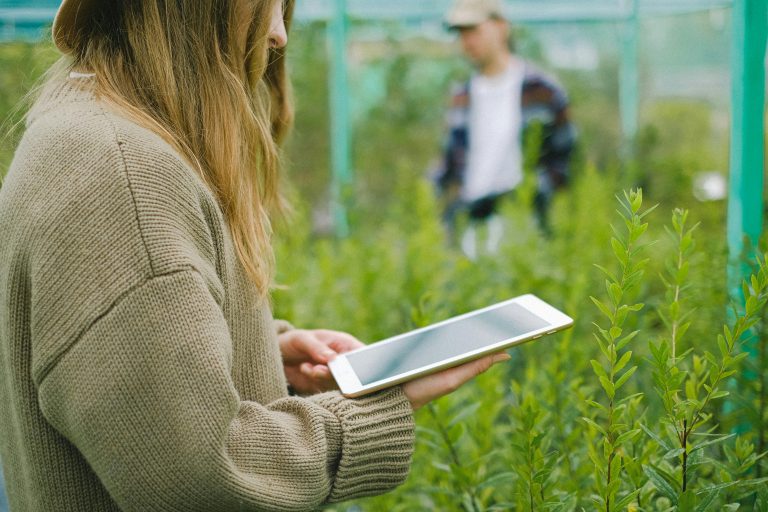Don't miss our holiday offer - 20% OFF!

Read also : Electrical Sensors Enhancing Energy Efficiency and Cost Savings
Precipitation is one of the critical factors in determining the potential for flooding in any area. Thanks to the advancements in sensor technology, we can now better understand and predict rainfall, allowing us to take more effective mitigation measures to protect communities and the environment. This article will discuss the significant role of sensors in addressing flood issues and their impact on society.
Contents
Rainfall and Flood Threats
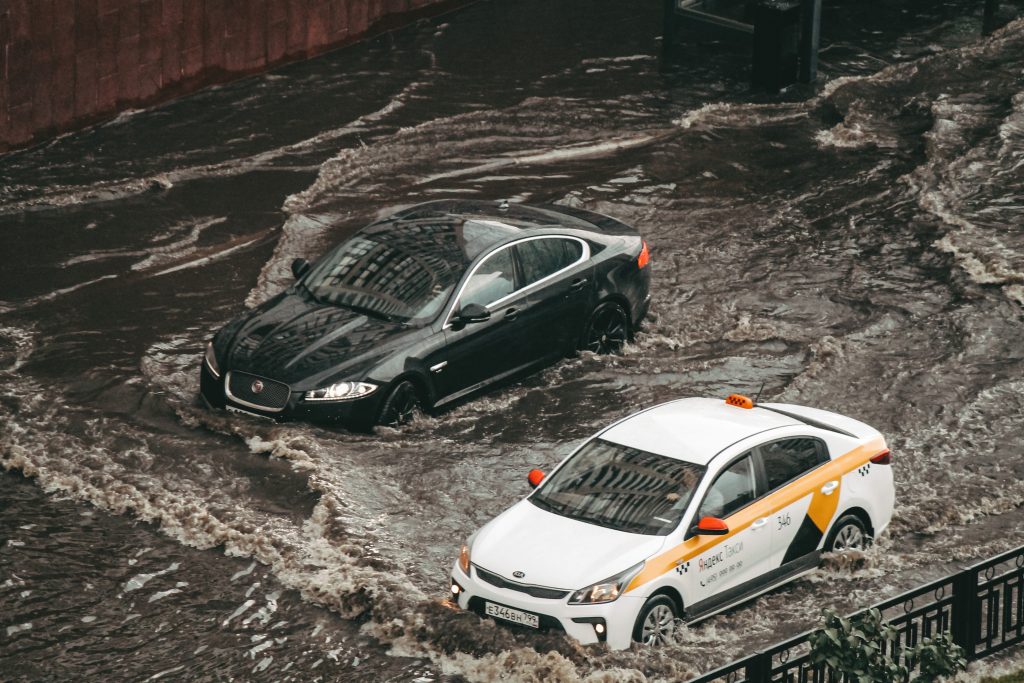
Read also : Automated Parking Concept: Smart Solution for Availability
As a country frequently affected by floods, Indonesia plays a significant role in understanding rainfall and anticipating flood threats. High rainfall can lead to river overflow, street flooding, and even landslides. To avoid significant losses caused by floods, it’s essential to comprehend rainfall patterns.
Rainfall Sensors
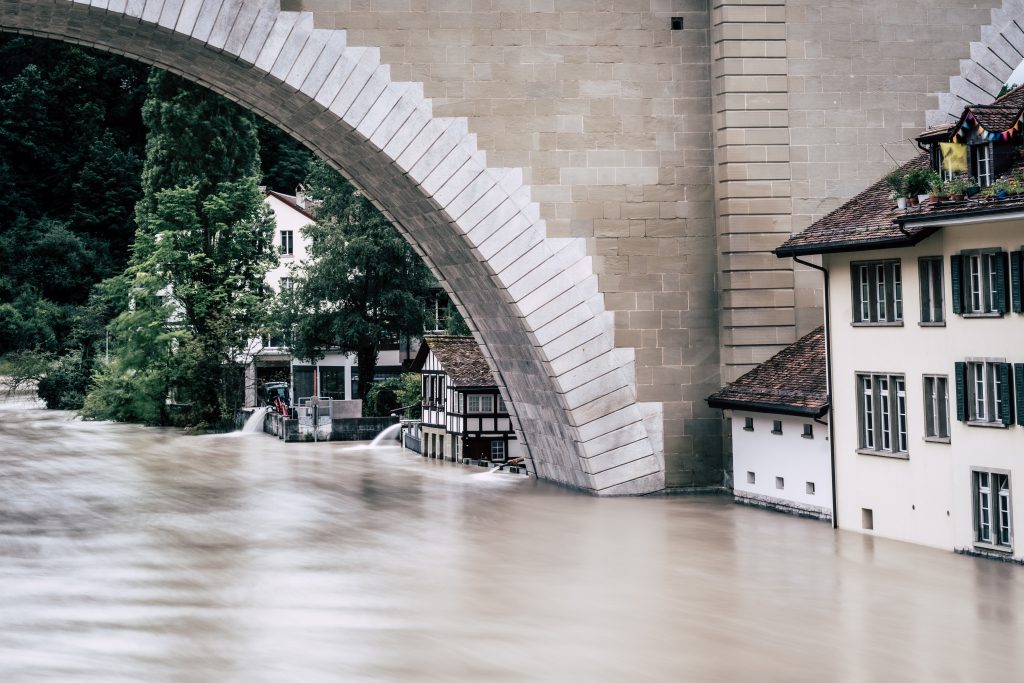
Read also : Electrical Sensors Enhancing Energy Efficiency and Cost Savings
Rainfall sensors are devices used to measure the volume and intensity of rainfall at a specific location. These sensors can be strategically placed in various locations, including flood-prone areas. Modern rainfall sensors typically utilize advanced technology to generate accurate, real-time data.
The Role of Sensors in Predicting Floods
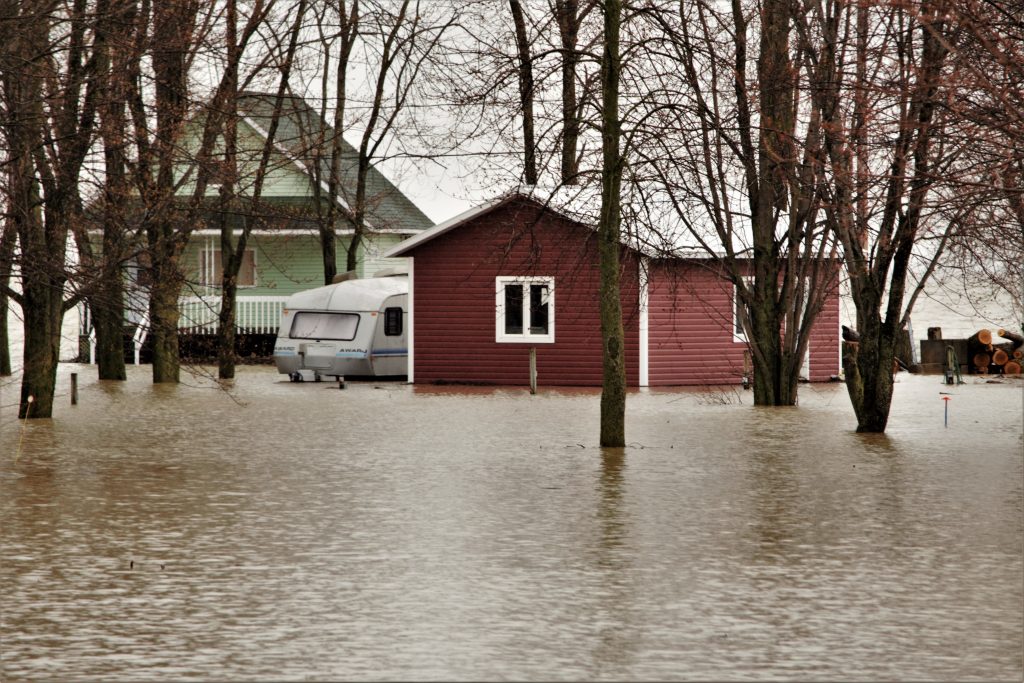
Read also : Security and Privacy in Connected Parking Systems: Challenges and Solutions
One of the primary benefits of rainfall sensors is their ability to provide accurate and timely data. Authorities use this data to predict potential floods and implement necessary mitigation measures. Timely information enables better coordination of evacuations and early warnings to residents in vulnerable areas.
Mitigating Flood Impacts

Read also : Security and Preparedness Enhanced by Smart EWS Technology
In addition to flood prediction, rainfall sensors also contribute to mitigation efforts. These sensors can collect data for designing flood-resistant infrastructure, like raising levees or improving drainage systems. As a result, we can reduce the impact of floods, including property damage, loss of life, and disruptions to daily activities.
Conclusion
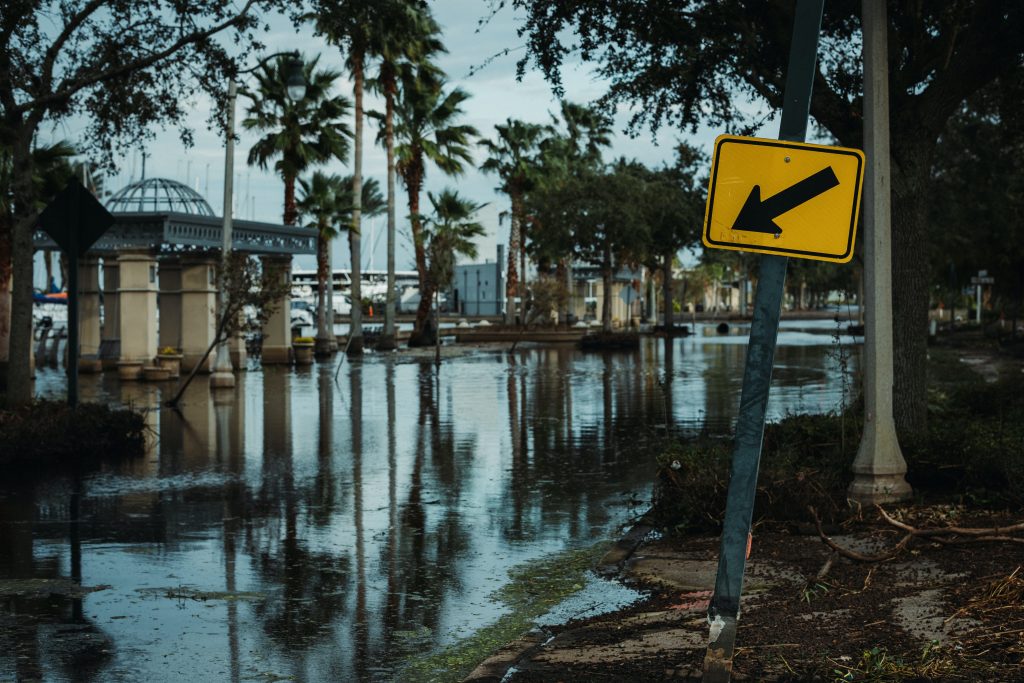
Read also : Transforming Buildings for Greener Efficiency with Light Sensors
Using precipitation sensors is a vital measure for predicting and managing flood risks. Leveraging precise, real-time data from these devices allows us to implement more efficient mitigation strategies and safeguard communities and the environment. Flood-prone nations like Indonesia should further advance their sensor systems to ensure population safety.
By adopting increasingly advanced sensor technology, we can respond more effectively to flood threats and reduce resulting losses. Indonesia, a nation regularly challenged by flooding, can lead in deploying these sensors to safeguard its citizens.


